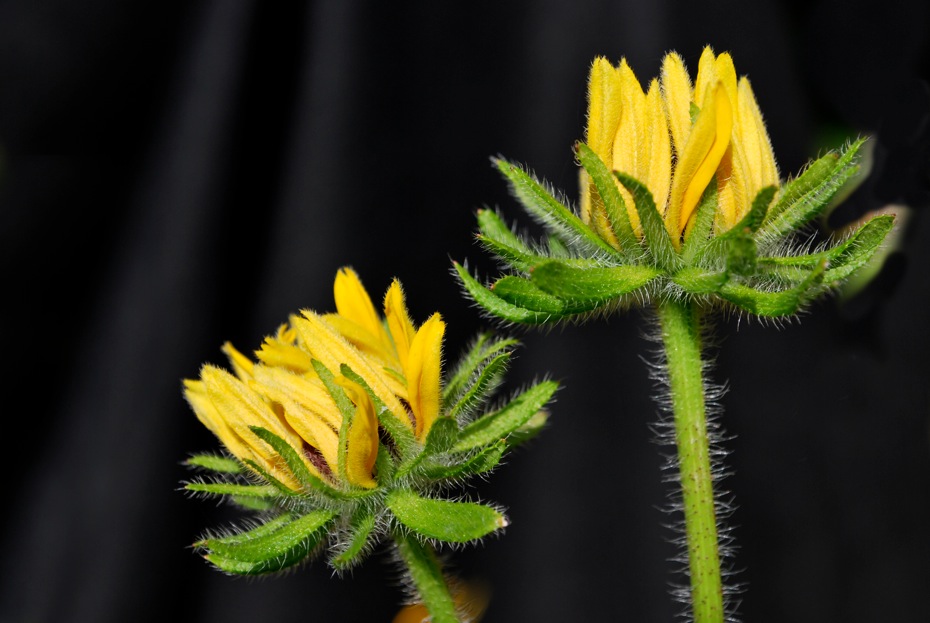
The support group meets once a week for 90 minutes. The sessions are based on a fixed setting prepared in advance, where each session begins with a short discussion – “how I am today and what did I bring to the group”. Later a short warm-up in one of the arts such as movement, theatrical improvisation, music or other form of art is carried out. After the warm-up the main activity takes place, which is based on an individual and group creative activity. At the end of the activity there is sharing, processing and summarizing with everyone. At each session the intervention is by means of arts such as, visual, movement, drama, improvisation, phototherapy, bibliotherapy, music, etc. The goal of movement and the integration between the different arts (multimodal integration) is to arouse the spontaneity and playing among the participants, which leads to an experiential process of different levels (Knill, Levine, & Levine, 2005).
The choice of art interventions is by observation and suiting them to the stage of the group process and the personal stage of each participant, where exposure to the art language is done gradually with the deep understanding and awareness of the unique quality of each type of intervention and its psychological implications. The invitation to do creative work is based on the belief that the connection to internal creative sources is a connection to healthy forces of life and healing (Shapiro, 2005).
In addition during times of great uncertainty and many changes, improvisation, defined as free play that takes place at a certain time, where spontaneity, creativity and playfulness drive a positive and flowing experience (Bassis, 2019),that runs like a second thread through all interventions. Moreover, it serves as a holistic tool for cognitive, physiological and mental training that allows the participants to walk on new paths, which may result in openness and perhaps in behavioral and mental change (Schacht, 2007). The practical meaning is that playfulness and spontaneity, which are inherent in improvisation trains the participants to look at situations from different angles and thus better cope with changes in the environment, alongside their enjoyment from playing (Moreno, 1944).
As apparent throughout the sessions the creativity in the group helps the participants break free from inhibitions and promotes intimacy and cohesion in the group (Riley, 2001). At times the creative language allows participants, who find it difficult to talk in the group, to express themselves and be expressive via the art product, and thus participate and alleviate their loneliness (McNiff, 2004). The creative activity recruits the group’s productive forces and allows the participants to go from a sense of passivity to activity which leads to a sense of control (Hazut, 2000).






